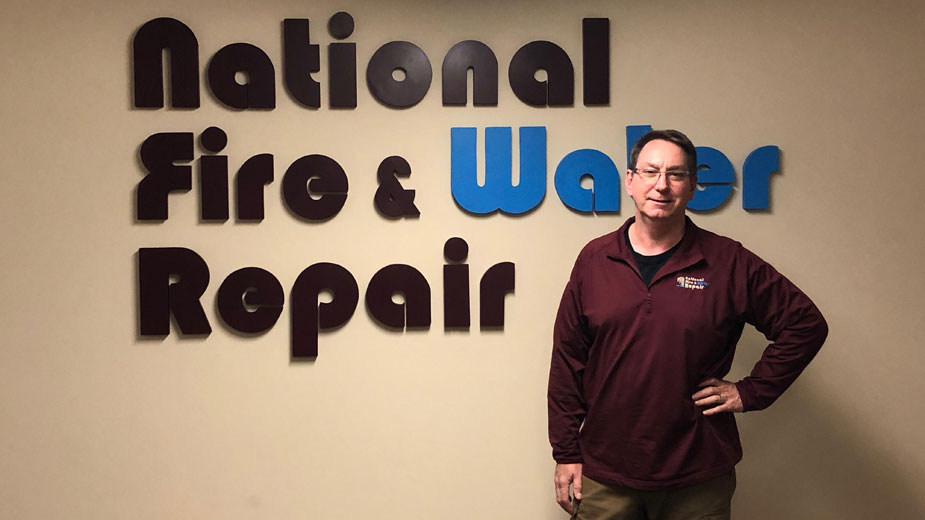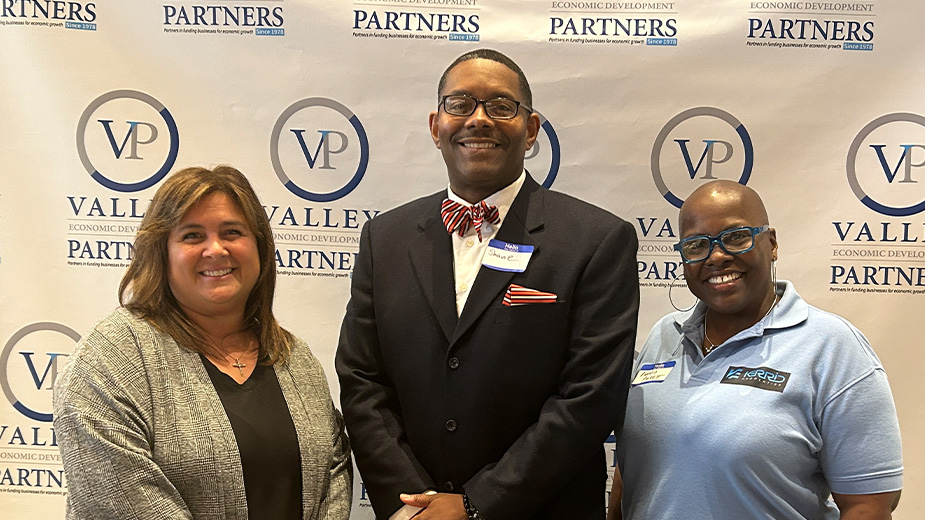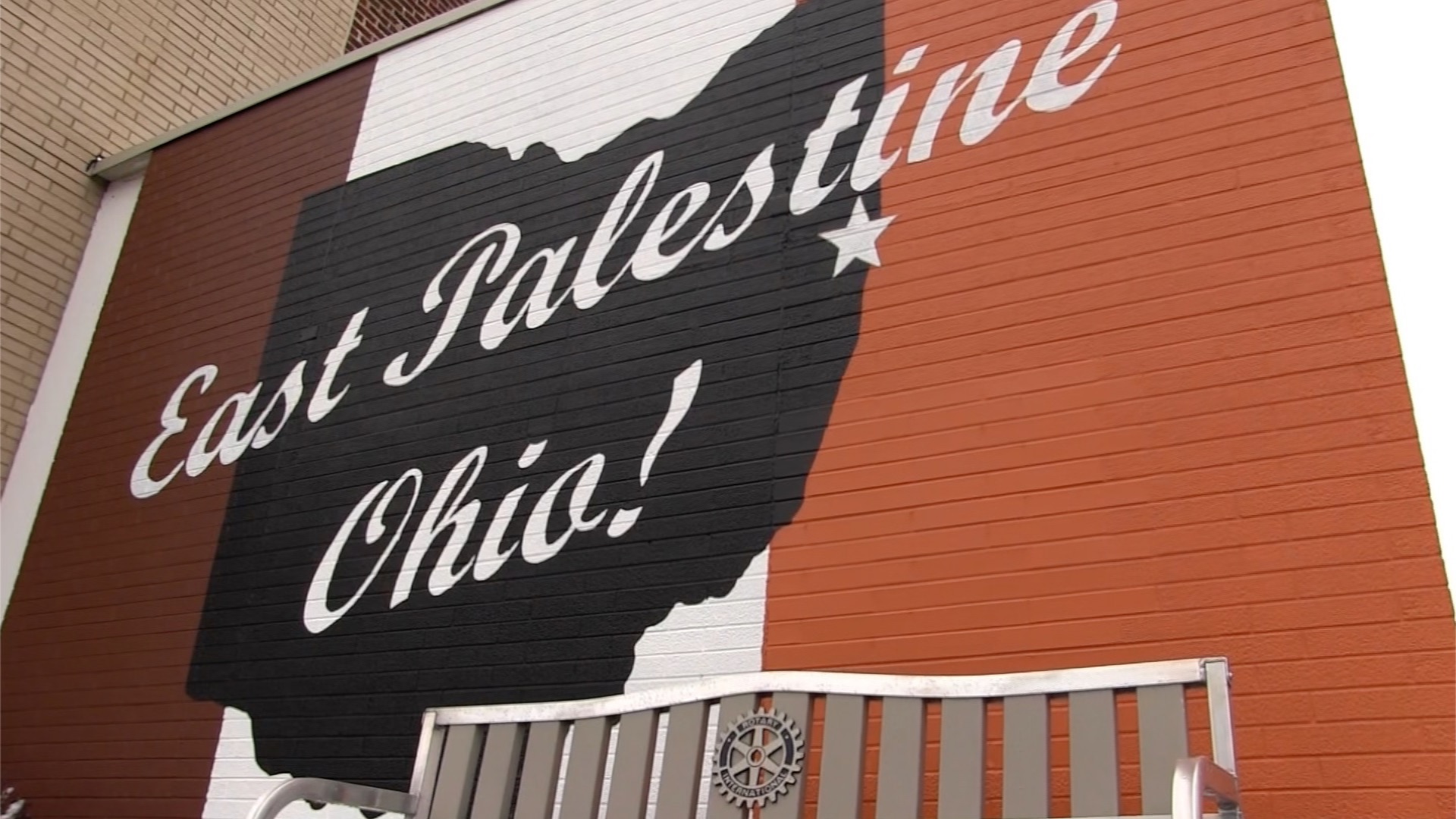Water, Fire Restoration Industry Adapts to TPAs
YOUNGSTOWN, Ohio – Business at National Fire and Water Repair has increased 5% to 10% annually since Paul Clouser took ownership of the company 11 years ago. However, a 41% surge in business over last year was enough to give him pause.
Clouser attributes his increased workload to a consolidation of the industry as independent fire and water restoration companies close. This results from the greater presence of insurance programs in the industry, he says.
“There were a lot of people I knew who were friendly competitors that have gotten out of it or retired because the insurance companies are basically squeezing contractors into doing it the way they want it done,” Clouser says. “If you’re not tech savvy, agile and flexible enough to keep up with those changes, you’re going to end up getting pushed out of the marketplace.”
Still, insurance programs in the restoration industry are nothing new. Third-party administrators, or TPAs, execute the claims processing needs of the insurance carriers and work to help contain the costs of the claim while providing remediation services.
Restoration service providers that are part of the program get work through the TPA and must agree to abide by parameters and procedures of that particular program. For some of the vendors, that relationship can make it difficult to provide quality service.
Tim Jackson, operations manager at Steam Action Carpet Cleaning and Restoration Specialists in Boardman, says restoration companies are forced to focus on quantity over quality and push to get work done faster.
“The homeowner is affected because they don’t always get what they deserve,” Jackson says. “The work isn’t always done thoroughly. They just do the bare minimum nowadays.”
Bob Goodrich started Steam Action in 1994 and has a background as a certified master technician in carpet and upholstery cleaning, carpet repair, odor control and water damage restoration. Goodrich contends the TPA process takes the personal touch out of providing restoration services.
More insurance companies are getting rid of their adjusters, who would normally go to a job site with the restoration company, Goodrich says. And with fewer adjusters, customers must talk through their situation with the insurance company over the phone, which prolongs the time it takes to get them service, he says.
“The old school way was that local companies would take their time with the process and really help and be there for the homeowner,” Goodrich says. “Now, the third-party administrators don’t see the job so they don’t understand the details of the families and homeowners who are going through these bad situations.”
Getting into the programs can also be a struggle, he says.
Restoration company owners must provide information about their businesses to show they meet the standards set by the insurance program. Steam Action was placed on a waiting list before it could join the program, after which the company was charged a fee in the thousand-dollar range, he says.
“I fought for four years to get in and I’m only on one program,” Goodrich says.
While some business owners argue this process makes it difficult for smaller companies to stay in business, others say it’s benefited their company. Brent Whan, owner of Rainbow International Restoration in Youngstown, says business is up 100% over the last two years since joining the insurance programs.
Whan bought his corporate franchise in 2015 and owns a franchise in Akron as well. His company is on a water-based insurance program, so his company sees more water damage customers, both corporate and residential.
“With all the rain we’ve had this past year, it’s been crazy,” Whan says. “August, I think, was the craziest month ever.”
To meet the needs of his growing business, Whan invested some $200,000 in new equipment – such as fans and dehumidifiers – and computer software to help with the paperwork, which has become “more full-time,” he says. The computer software is the same used by insurance companies who work with restoration contractors, he says.
Much of the interaction between restoration companies and insurance companies is computer-based. After surveying a customer’s property, Rainbow uses software to update the insurance company and advise them that they reviewed protocol with the customer, says Rainbow’s general manager, Stacie Moss.
“We upload pictures so they can see the damage too,” Moss says.
Rainbow uses Xactimate to manage projects and estimate claims, says the company’s project manager, Paul Finney. The software is owned by the insurance company and isn’t always easy to attain.
“The credentials to own those programs are ridiculous,” Finney says. “If you’re a contractor who’s just coming in and you don’t have the work history or stability, then you’re not going to get on those programs.”
This has made office work more tedious than in years past, says Kevin Wyndham, managing partner with ServiceMaster Restoration by Lewis Construction of Warren. Each insurance company has its own computer software to learn, he says.
“The training is far more extensive than five years ago,” Wyndham says. “There’s new technology every day, with multiple software and programs that match different insurance companies. It gets very confusing.”
With the software, estimates are reviewed immediately. Insurance companies require instant results and real-time audits on jobs, Wyndham says.
“We make cheat sheets and post them everywhere,” he says. “Our administrators have a lot of work on their hands. It’s vital to keep track of these things because if it’s wrong, we don’t get paid.”
ServiceMaster saw a busy August as well, as a huge rainstorm that month resulted in flooding for homes and businesses in Boardman and Struthers.
“There were 70 jobs within a two-mile radius after that big storm in August,” Wyndham says. “We worked on two medical buildings, a high school gym and we saw a nursing home being handled by an out-of-town contractor.”
ServiceMaster has branches in Warren, Boardman, Akron and Mentor. Since purchasing the franchise 10 years ago, the biggest challenge has been hiring enough workers to keep up with an annual 25% increase in business, Wyndham says. In the last two months, the company hired seven, increasing employment across all locations to 63.
“We were swamped this year and had a hard time finding employees and with background checks,” he says. “With more employees we could be growing even more and taking on more work. We are now 500% bigger than we were four years ago.”
Overall, he says that restoration companies are having a harder time keeping a close and familial connection with their clients. While companies like ServiceMaster express these concerns, the insurance companies are frustrated too “because they are all going through that transformation right now as well,” he says.
Steam Action’s Goodrich doesn’t expect things to change, but he reminds customers they have a choice in which companies they contact for damage restoration in their homes and businesses.
“I want people to know they have a choice, to pick a company they’re comfortable with,” Goodrich says. “Check before you call. I think it’s wrong how these bigger companies are trying to monopolize our industry.”
National Fire and Water’s Clouser recommends that businesses and homeowners have an insurance agent as a direct line of contact to help them through the process if they encounter property or home damage.
“I always tell people that it’s good to have an agent. That’s an advocate for you, and they will help you,” Clouser says. “What happens when your claim goes sideways? Who are you going to call?”
Trent Cailor, president and agent at Cailor Fleming Insurance in Boardman, agrees. Having a reputable agent a phone call away will help customers understand their coverage, he says.
“We recommend contractors to clients, and when they have questions, they will call us for help,” Cailor says. “We act as a third party to help them through a claim. Insurance companies don’t get any cuts of what the customer pays and they’re not paid by the contractors.”
Clouser recommends customers take a few preventive measures each year, including interior and exterior inspections of their property at the change of each season.
“If every homeowner and business-owner were just to walk through every room in their house and look at everything on the ceilings, walls and floor and make a conscious effort, most losses can be avoided in that manner,” he says.
“Go out with a raincoat once a year and look at your house when it’s raining. Then you can see if gutters or downspouts are overflowing and a lot of little things you wouldn’t see.”
Pictured: National Fire and Water Repair owner Paul Clouser says his business is increasing.
Copyright 2024 The Business Journal, Youngstown, Ohio.



